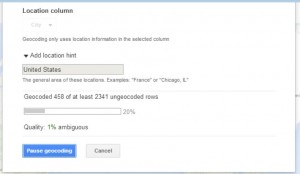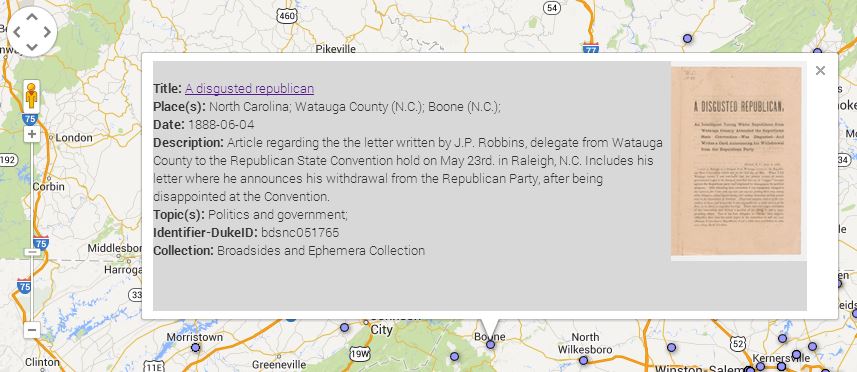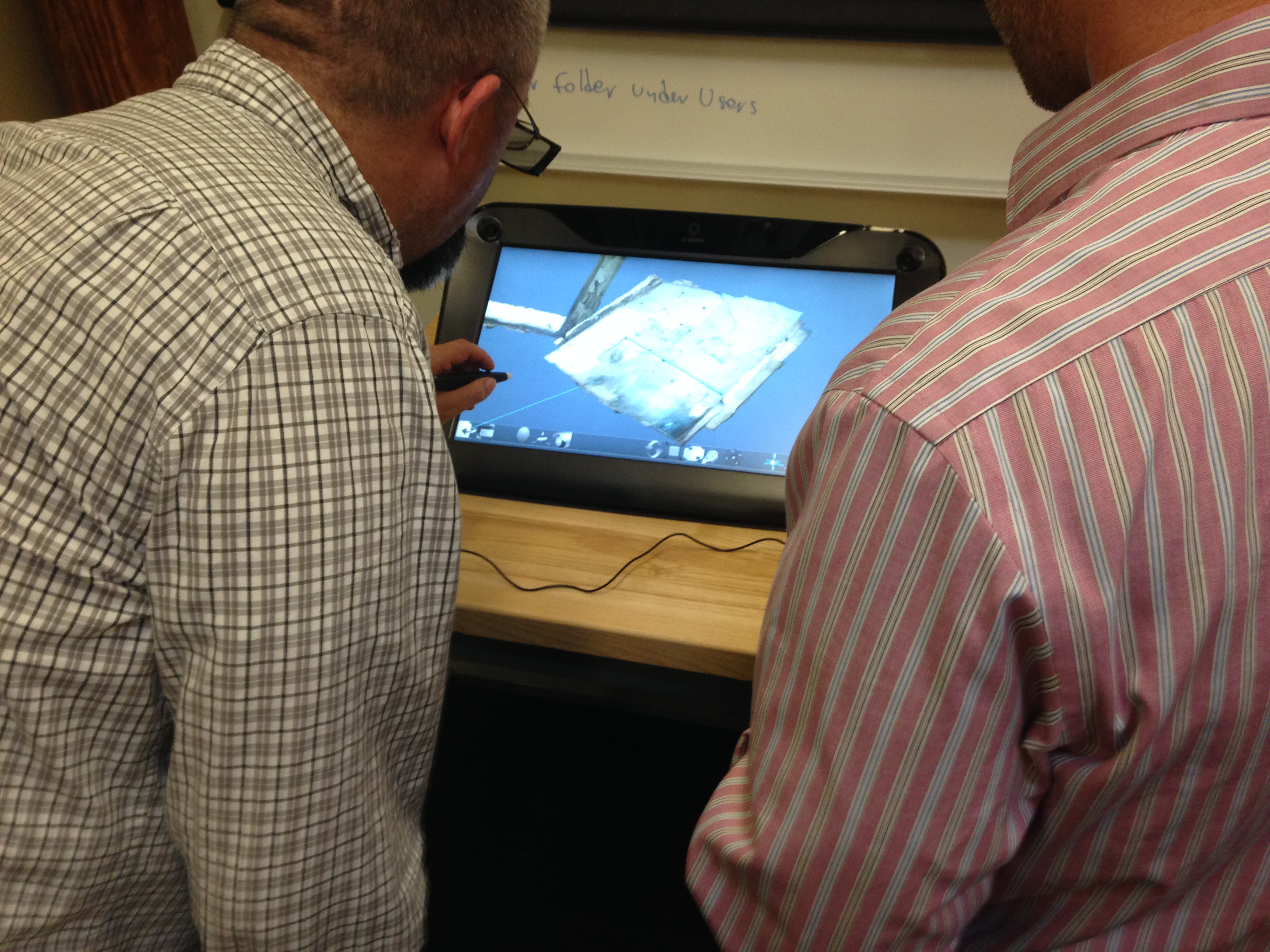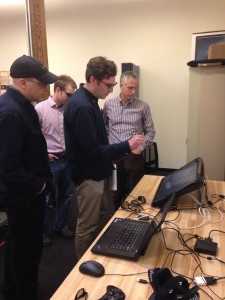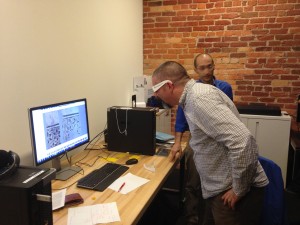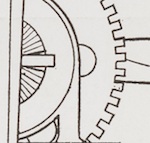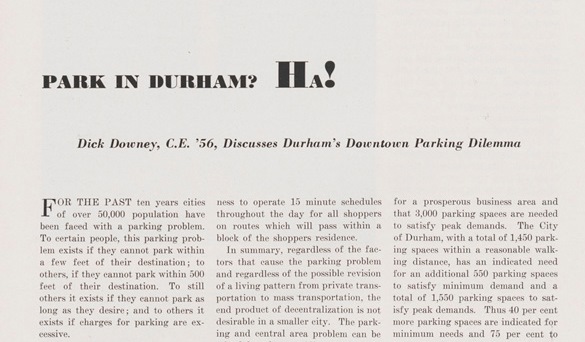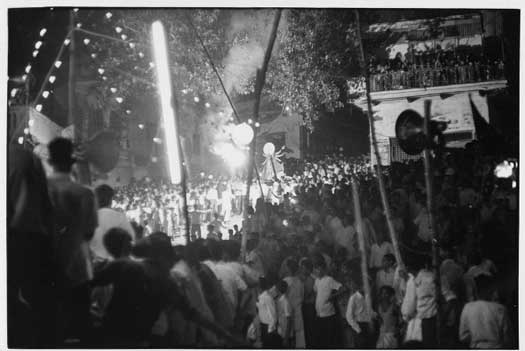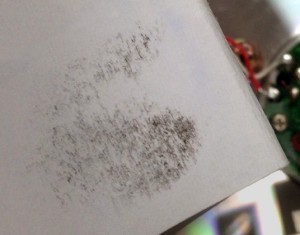Part of my job is to track our Duke Digital Collections google analytics data. As a part of this work, I like to keep tabs on the most popular digital collections items each month. There is generally some variation among the most popular items from month to month. For example in May, a post on the New Yorker blog pointed to some motherhood oriented ads and our traffic to these items spiked as a result.

However there is one item that persists as one of our most popular items: the Be-Ro Home Recipes: Scones, Cakes, Pastry, Puddings. Looking back at analytics since 2010 this is the most popular item by about 2000 hits (the book has seen 18,447 pageviews since Jan 1 2010). In the six months that I’ve been studying our digital collections analytics I consistently wonder, why this item? no really, why? Sure all the recipes call for lard, but that cannot be the only reason.
“Researching” the cookbook (conducting a few google searches) shows that the Be-Ro company was established in 1875 by the creator of the worlds first self rising flour. Home Recipes was originally published as a pamphlet to promote use of the flour as early as the 1880s. Our version includes over 50 recipes, was published in the 1920s, and is the 13th edition of the cookbook.
Duke’s Home Recipes claims that baking at home with Be-Ro is more economical and inspires the a better home, thanks to the woman of the house’s baking: “In ninety-nine cases out of a hundred she has a happy home, because good cooking means good food and good food means good health” (from page 2). This cookbook has a storied history to be sure, but that still doesn’t explain why our version is so popular.
I kept searching, and found that there is a fervent and passionate following for the Be-Ro Cookbook. Several UK cooking blog posts swoon over the book, saying they grew up with the recipes and first learned to bake from it. The community aspect of the cookbook jives with our traffic as most of the users of the item on our website come from the UK. Another factor driving traffic to our site is that Duke Digital Collections’ version of the cookbook tends to be the 4th hit on Google, when you search for “Be-Ro Cookbook”.
This investigation left me with a better understanding of why this cookbook is so popular, but I’m still surprised and amused that among all the significant holdings we have digitized and available online, this cookbook is consistently the most visited. Are there conclusions we can take away from this? We are not going to start only digitizing cookbooks as a result of this knowledge, I can promise you that. However analytics shows us that in addition to the more traditionally significant items online, items like this cookbook can tap into and find a strong and consistent audience. And that is data we can use to build better and more resonant digital collections.






